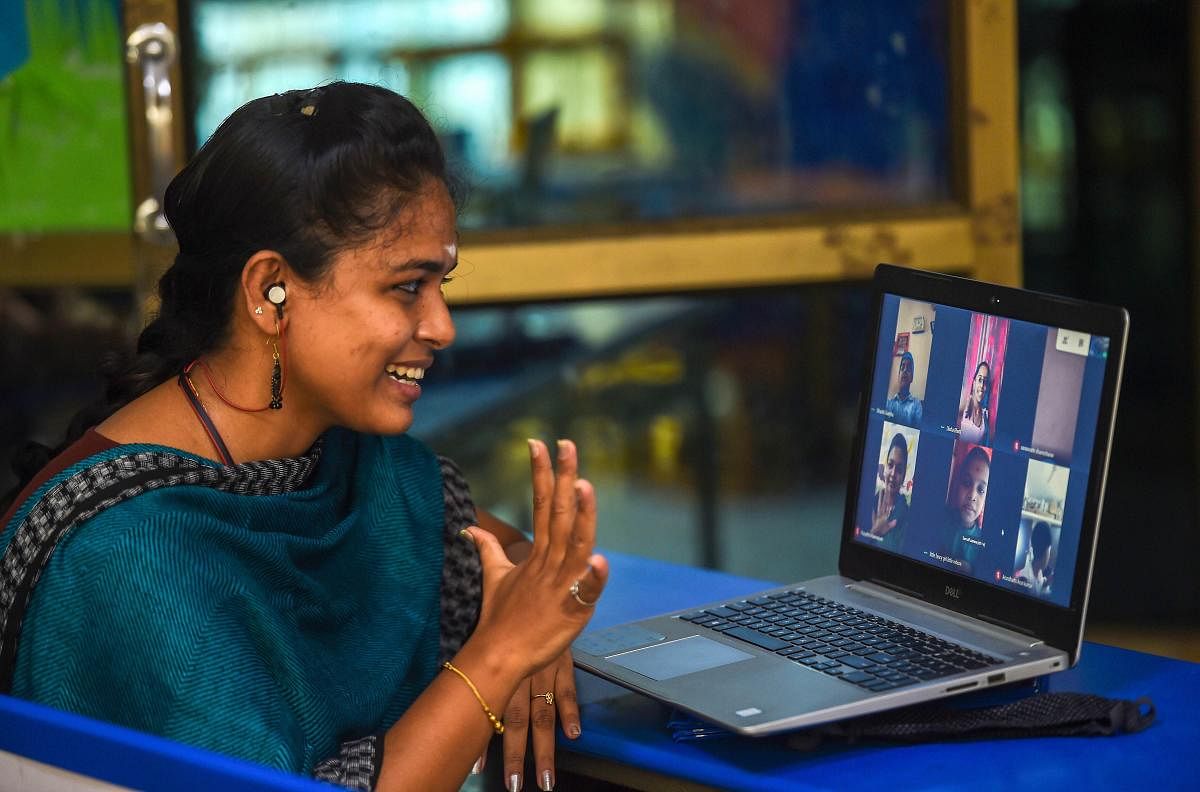
To ensure that education does not suffer due to the pandemic, the government launched the ‘Pradhan Mantri e-VIDYA’ initiative. Under this comprehensive initiative, digital education will be imparted through multi-media modes that include online teaching through internet, radio, TV channels and podcasts.
Also, through 'DIKSHA' scheme e-content and QR coded textbooks will be provided for all grades. The scheme will also have special e-content for visually and hearing impaired students.
However, there are certain issues that need to be taken into account for the successful execution of the programme, such as:
Teacher-student gap:
India has a low teacher student ratio and this implies that the small number of teachers are overburdened. Virtual learning has only added to the burden. Many teachers say that developing content for online classes is time consuming and coming up with innovative ways to keep students engaged virtually is challenging. Steps should be taken to increase the teacher strength.
International standards courses:
Students who wished to study abroad are now seeking admissions in institutes in the country. While this an opportune time to stop brain drain, we need to develop appropriate courses of international standards, so that the aspirations of such students are met.
Technological advancement:
Digital adaptation in education will be proving many opportunities to students and educators to learn through myriad platforms and enhance their skills. This will make the youth future-ready, which would have been a slower process with traditional classroom learning. However, unavailability of high speed internet and the lack of digital skills of teachers need to be addressed.
Engaging content:
Our education system needs more catching up; the syllabus needs to be updated to cater to today’s needs and demands. Currently there is more focus on the theoretical part with teachers reading out the concepts verbally, however, there is a need to focus more on the practical aspects and skill building. There are many engaging resources available and we need to incorporate them in our education process too to make learning more interesting while educational institutions are closed.
(The author is vice chancellor, JK Lakshmipat University)